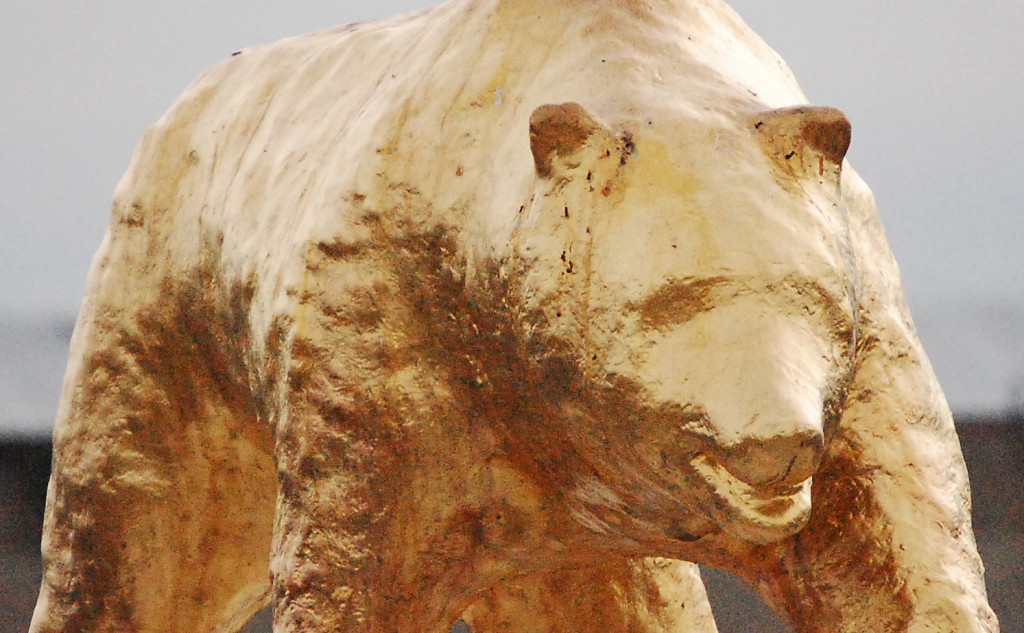Gold price bound for worst quarter in five, pressured by central banks’ hawkish rhetoric

Gold experienced a relatively larger decline on Thursday following a string of sluggish sessions this week, and is now headed for its worst quarter in five as the hawkish tone from global central banks continues to dim the metal’s appeal.
Spot gold slid 0.3% to $1,811.23 per ounce by 12:30 p.m. ET, on pace for a third consecutive monthly decline. US gold futures also dropped 0.3% to $1,811.50 per ounce in New York.
[Click here for an interactive chart of gold prices]
Meanwhile, the dollar index hovered near its recent two-decade peak, and is bound for its best quarter in over seven years, making gold more expensive for overseas buyers.
“Gold is ending lower this quarter due to the tighter Federal Reserve policy suggestions. Also, there’s a good chance that recession worries will bring down demand across commodities,” Jim Wyckoff, senior analyst at Kitco Metals, told Reuters.
Gold briefly bounced after US data showed PCE price index rose 6.3% after advancing by the same margin in April. However, prices quickly moved back into the tight range it has been in for the past few sessions.
“The data initially gave traders the idea that since inflation wasn’t any worse than last month, maybe the Fed won’t be so aggressive, helping gold. However, the market is still firmly bearish and speculative sellers jumped in to push prices down,” added Wycoff.
Bringing down high inflation will be painful and could even crash growth, but it must be done quickly to prevent rapid price growth from becoming entrenched, the world’s top central bank chiefs said at the European Central Bank’s annual conference in Portugal.
Other precious metals, including silver and palladium saw bigger prices drops, with the latter down 3.6% to $1,903.59 an ounce.
“If you’re talking recession, it means less automotive production and industrial activity; this is hurting palladium,” Bart Melek, head of commodity strategies at TD Securities, explained.
(With files from Reuters)
{{ commodity.name }}
{{ post.title }}
{{ post.date }}

Comments